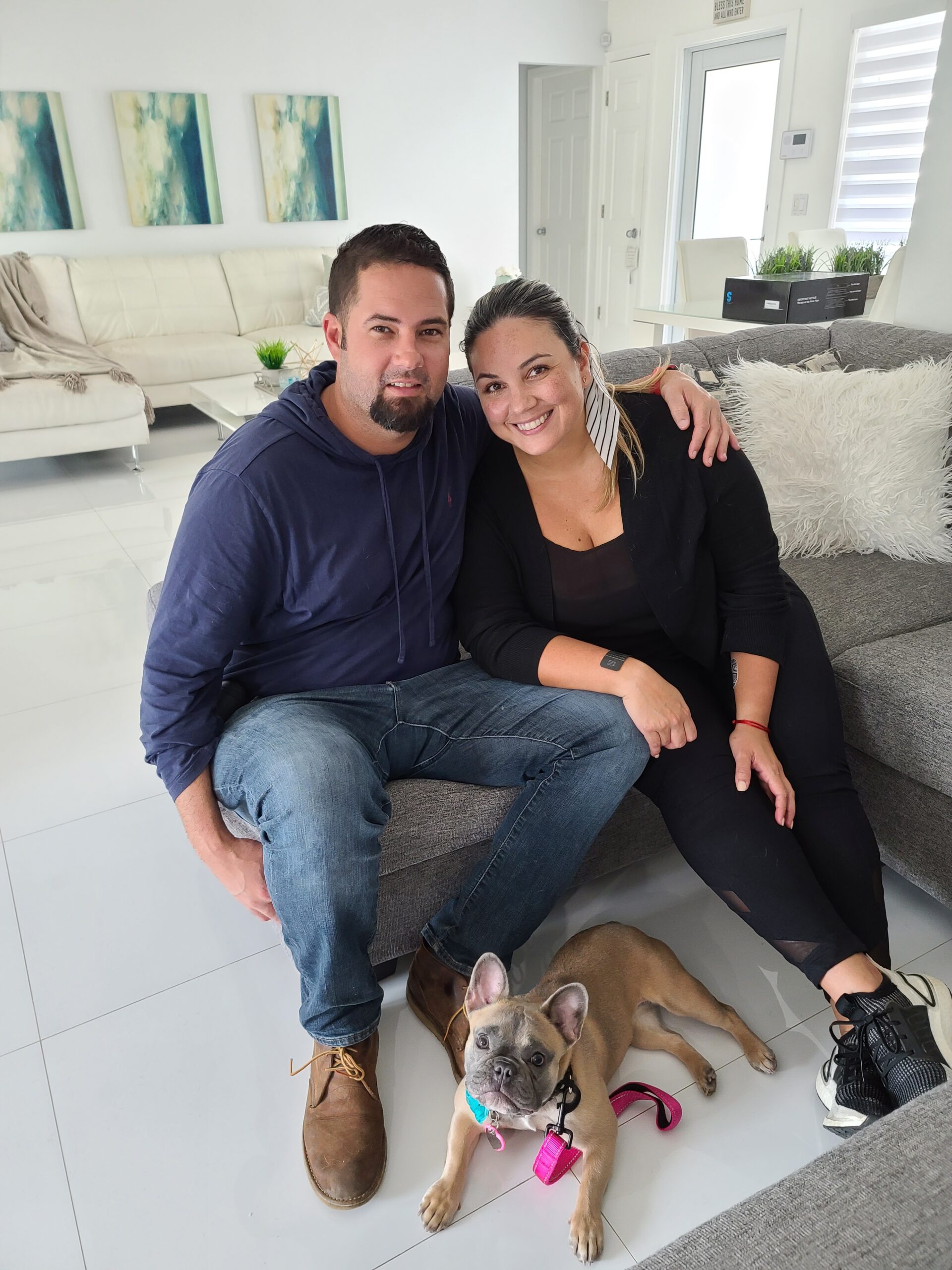ADULT BOOTCAMP

WHAT GOALS WILL BE PRIORITIZED?
In our Adult Bootcamp program, we focus on resolving common dog challenges and improving your dog’s focus and genetic fulfillment and learning how to cope better with distractions. We tap into your dog’s value system and use it to our advantage to work on confidence building and obedience. The longer your dog stays- the more results Kate will be able to achieve with them. The average stay is around four weeks.
WHAT ARE THE TRAINING EXPECTATIONS?
We will be focusing on reconditioning (for dog’s
who have a bad relationship with the leash) or conditioning leash pressure positively and the introduction to sit, stay, automatic heel position into break
(potty and sniffing breaks on your walks), leash manners (ex. biting on the leash out of frustration), how to manage play biting and mouthing by teaching fixed relaxation, down, name recognition and loading the clicker (Step One of Clicker Training) as a way to get your dog’s attention (the opposite of clicking when your puppy does something right.) For dogs that stay four weeks and above there is an emphasis for training more off leash in dog friendly areas and a more solid recall.
WHAT TYPE OF TRAINING METHODS/AND TOOLS DO YOU USE?
We encourage motivation before forcing them unnecessarily – always. Our program is a lot different than most and we know what sets us apart. We train on the desired training gear you want – it’s up to you and
us as a team whether it’s appropriate for your dog to be managed with or without certain harnesses, collars, and e-collars. We will never pressure you into making
decisions that would be unethical.
HOW LONG SHOULD I ENROLL MY DOG AT CAMP?
The duration for this program is 21-60 days of confidence building, potty training and potty on command (if needed), obedience and socialization. Scientifically, it takes 18 to 21 days to proof any command to a dog so any program that guarantees this in less time may be putting too much of the work on you as the owner to get the
dog through the 4 different learning stages: Acquisition, Fluency, Generalization and lastly Management.
How Many Dogs Will Be With My Puppy at Camp?
We have only 2-3 spots for all dogs available at a time because we believe your puppy shouldn’t be kept in a large kennel area with 20 other dogs barking nonstop. That is not the best learning environment for them. Your puppy needs anywhere for 12-18 hours of sleep a day depending on their breed, size, diet, health and genetics.
How Much Adult Bootcamp Cost?
Prices vary depending on your training on how crate tolerant your puppy is and the length of stay. $75.00 to $145.00 per day. It is 50% of the total cost up front and 50% at pick up. All graduates receive a private training session and take home foot notes with a schedule for aftercare training with you.
Why Is My Dog Not A Good Candidate for Bootcamp?
If we are unable to admit your dog for training it is because we are at capacity or we feel like your dog falls under the training and management for a behavior modification program where we would instead schedule private in-home sessions with you. This is if your dog is displaying clinical signs of anxiety, aggression or warning signs of aggression with dogs and/or people. This program was created to be geared towards pups over one year’s old.
COOPERATIVE CARE & HANDLING
Our top priority is positively handling your dog and changing the way the feel about: nail trims, preparing for veterinarian visits, guests, other puppies and dogs, children, umbrellas, vacuums, thunderstorms with lightning (Florida is the lightning capital of the world after all), fireworks, city noises and baths.
Our Philosophy with DOGS
Motivation before compliance is our first line of defense in training. Using punishment is very tricky and we prefer to use positive training methods and not aversives.
WHY WE PREFER POSITIVE REINFORCEMENT
Each dog in our program enjoys as much food and we encourage them to be accepting of treats like meat, cheese, single ingredient-dehydrated food/treats, whip cream and peanut butter (depending on how sensitive their stomach is) to learn and associate stimuli using positive reinforcers to avoid them becoming more fearful or potentially fearful in the future. (ex. An ambulance drives by us on our walk we will intervene and expose them positively with food and play and redirection.)




